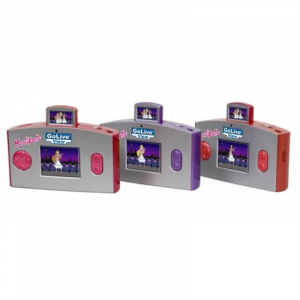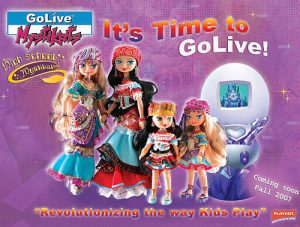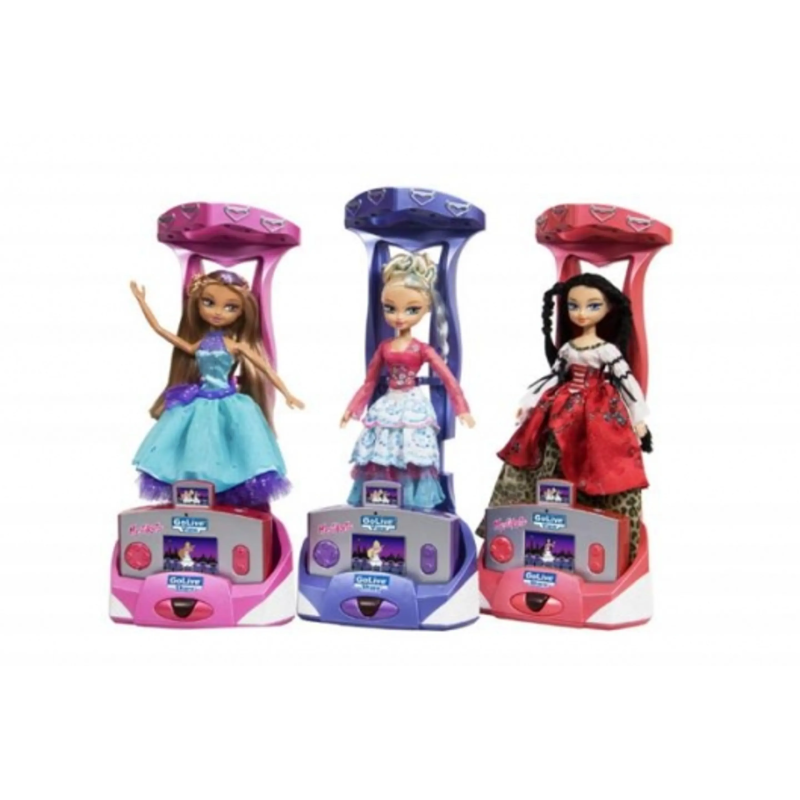|
History
Brian Zheng was a Chinese student that immigrated to the U.S. in the late 80’s. After seeing a TV promotion for “How to Make Money From Your Own Business” by Joseph Crossman, Zheng created a windshield cover called the “Pop-Up Automotive Sun Shade”. Although cardboard sunshade was already existing, Zheng idea got enough customer attention to get sold into the major retailers of the time. Zheng quickly sold is Automotive Sun Shade company and, in 1992 , created Playhut, Inc., a toy company that designed, manufacture, and marketed a product line of collapsible children’s playhouses and structures by utilizing the same Pop-Up/EZ twist technology used in the Pop-Up Automotive Sun Shade.
The company was doing well and grew over 100 employees in the U.S.: 63 staff overseas, 7 sales representative, offices over the entire U.S., and 23 people for sales network. Marketing and sales offices were also present in Australia, Hong Kong, France, Germany, Italy, and Spain. In the U.S., Playhut has occupied over 200,000 sq ft of distribution space.
In the early 2000s, Barbie was the front runner of the fashion-doll market, but the Bratz a new doll released in 2001 by MGA Entertainment, slowly started to gain traction. According to the MGA Entertainment, Consumer Entertainment Products Company: Marketing Strategies for ‘Bratz’ : “In 2003, Bratz brand became a retailing powerhouse, the brand and its licensees pooling in $3 billion in sales “. This proved that the domination of Barbie was over and that other fashion dolls could be very profitable. In the early 2004, Playhut stated their own line of dolls with the MystiKats dolls, which seems to have been inspired directly by the Bratz, sharing most of the features that made the Bratz popular : almond-shaped eyes adorned with eye shadow, glossy lips, stylized proportions and fashion-forward clothing. And like the Bratz, the MystiKats where a set of 4 dolls, with different skin colors. The main differentiation was that background of the dolls. The MystiKats, where half-cats, half-human creatures and each of the four characters had particular powers, like telekinesis, which were bestowed upon them by a mysterious “kat” on their 18th birthdays.
While the release of the original MystiKats was a moderate success, the timing couldn’t have been worst, as the overall doll market slowed down in 2005, mainly because of the popularity of other toys, such as MP3 players. It was becoming clear that kids wanted more. In an interview, Brian Zheng, mentioned that “Children, especially girls, are so advanced in technology at a young age that they’re dropping their traditional toys and hopping into computer play”. Based on this premise, Zheng decided to incorporate technology to his existing MystiKats dolls line and, in October 2004, started to work on the GoLive MystiKats.
Release
Released in September 2006, the GoLive MystiKats was supposed to be the perfect combination of two play patterns— one traditional and one interactive. The line included three fashion dolls that came bundled with a handheld unit and a cartridge that allowed girls to play games either on the handheld’s screen or the television thanks to a TV output. Included in the bundled was also a doll stand that could sense which doll is placed in it. Once on the stand, games could be unlocked by changing the doll outfit in real life.
Once on the stand, games could be unlocked by changing the doll outfit in real life.
Three different models of GoLive MystiKats were available at launch. The i-Fashion package came with the Siva doll, the i-Fashion cartridge and a purple-themed handheld and portal. The Precious package came with the Talin doll, the Precious cartridge and a red-themed handheld and portal. Finally, the Dancing Chic package came with the Kalani doll, the Dancing Chic cartridge and a pink-themed handheld and portal.
At first, the GoLive MystiKats were only available at the Target’s 300 newest stores due to production capacity challenges, but they were expecting to be available across all to the rest of the chain, as well as to Toys “R” Us, by the time the holiday shopping season begins. A strategic decision was made not to sell the doll in Walmart as they would simply not have enough capacity to cover another major distributor before Christmas. The plan was to tackle the Walmart in 2007 once the production capacity would allow it.
Demise
Sadly, with a lack of advertising, the high price tag (99.99$), the less than stellar review and the complicated market segment Playhut was going after, the GoLive MystiKats didn’t perform well during Christmas. The GoLive MystiKats were rapidly dropped by the major retailers and the dolls/handheld console failed into obscurity.
This was a surprise for PlayHut, who was expecting to sell out their new toy line. In fact, PlayHut was already working on the next series of toys of the new GoLive MystiKats, the High School Mystical which was set to release in the fall of 2007.
 Legacy
Legacy
The GoLive name would survive has, in 2007, Playhut, Inc. would create an independent gaming division called GoLive2. They would go on to release the Stix, a series of PC gaming controllers (very heavily inspired by the WiiMote) which allow to play downloadable games. The Stix 200 would focus on 2D online gaming while the Stix 400, which is compatible with both 2D and 3D environments. They would finally release GoLive2Kidz, an Hello Kitty themed series of gaming devices that had mixed built-in mini-games and downloadable games into one kid-friendly device.
The GoLive MystiKats is, to our knowledge, the first video game console to incorporate Toy-to-life experience, predating the Mattel Hyperscan by a month. Computer and standalone electronic games already had implemented such feature in the past, but never it was directly incorporated in a dedicated video game console.

